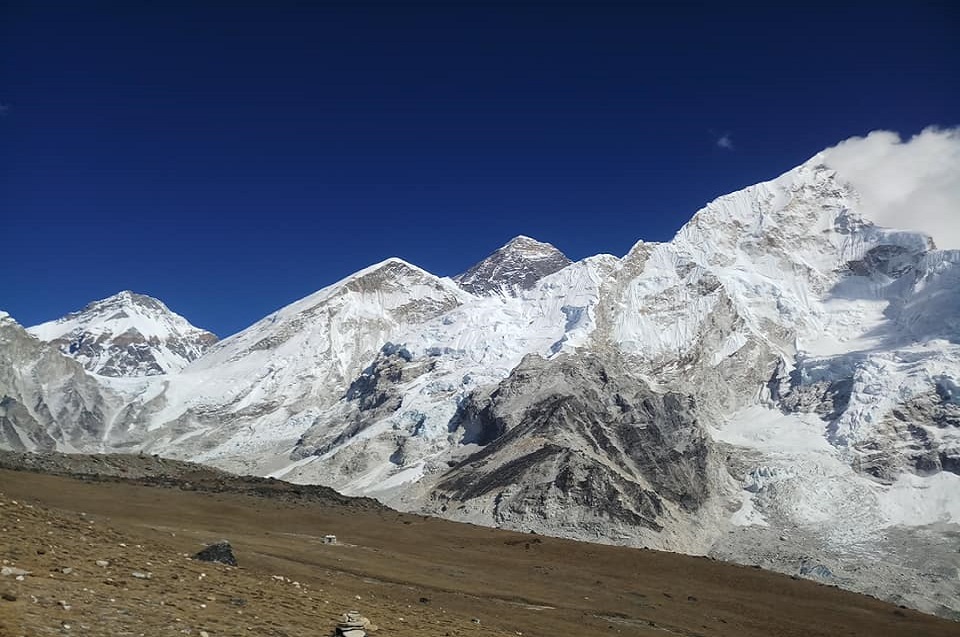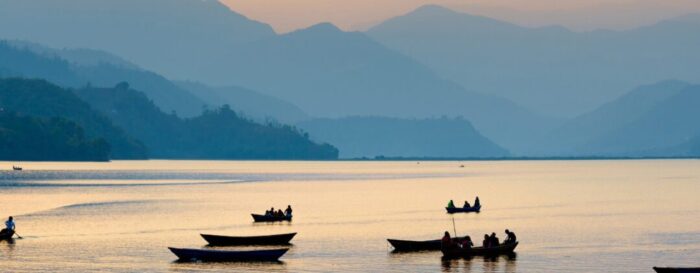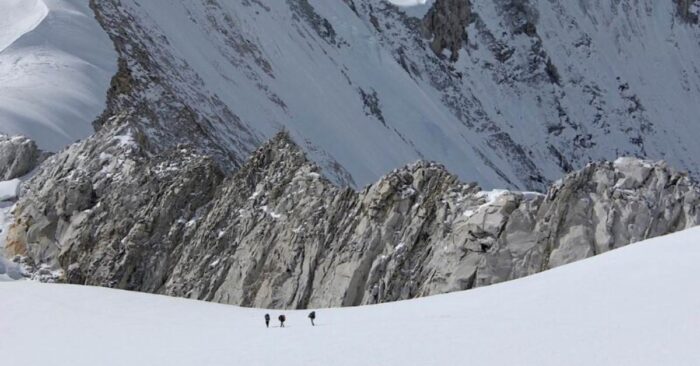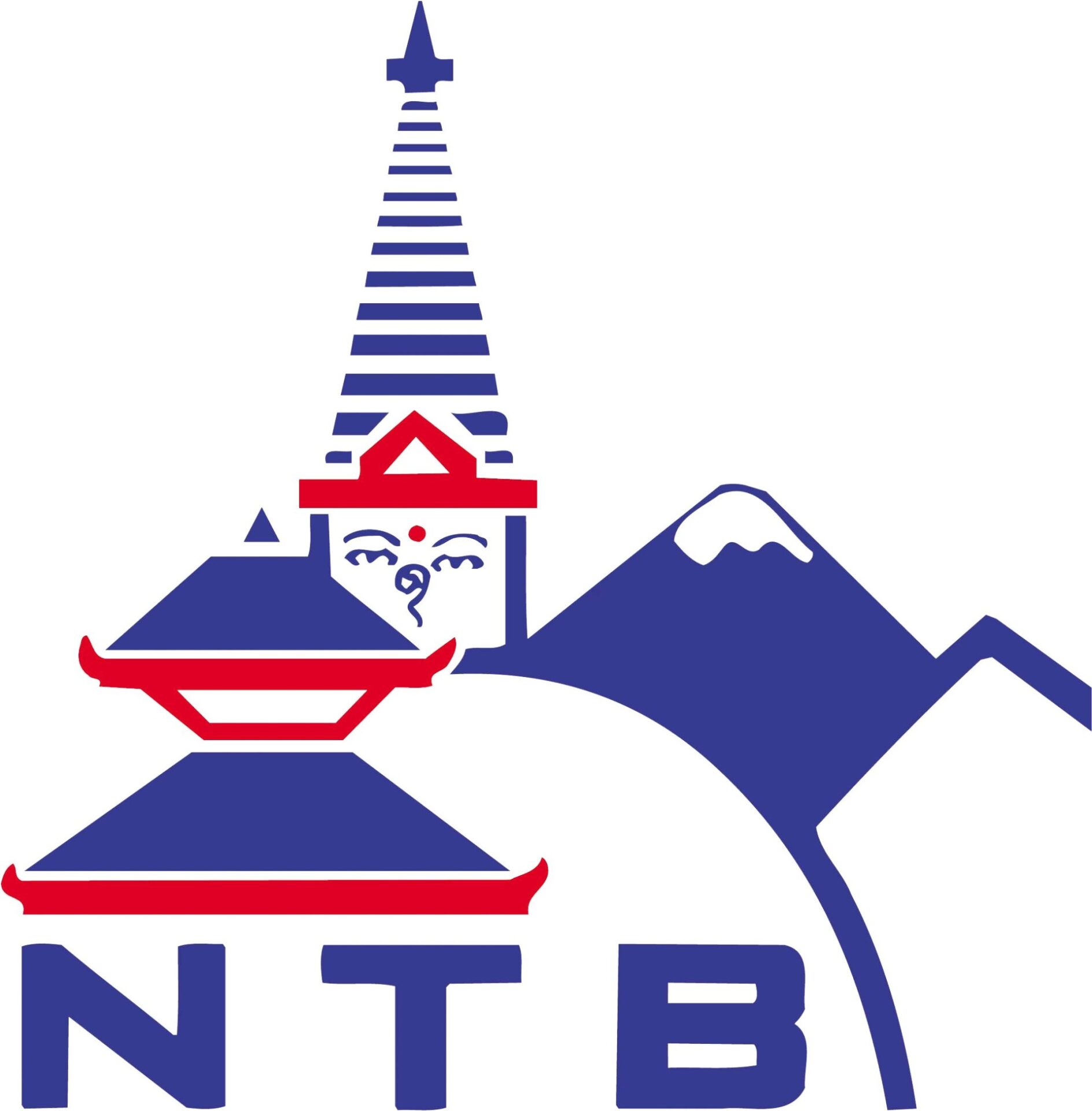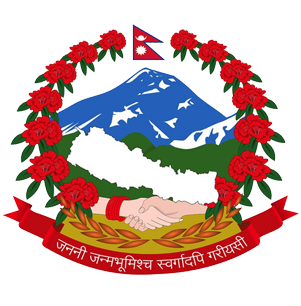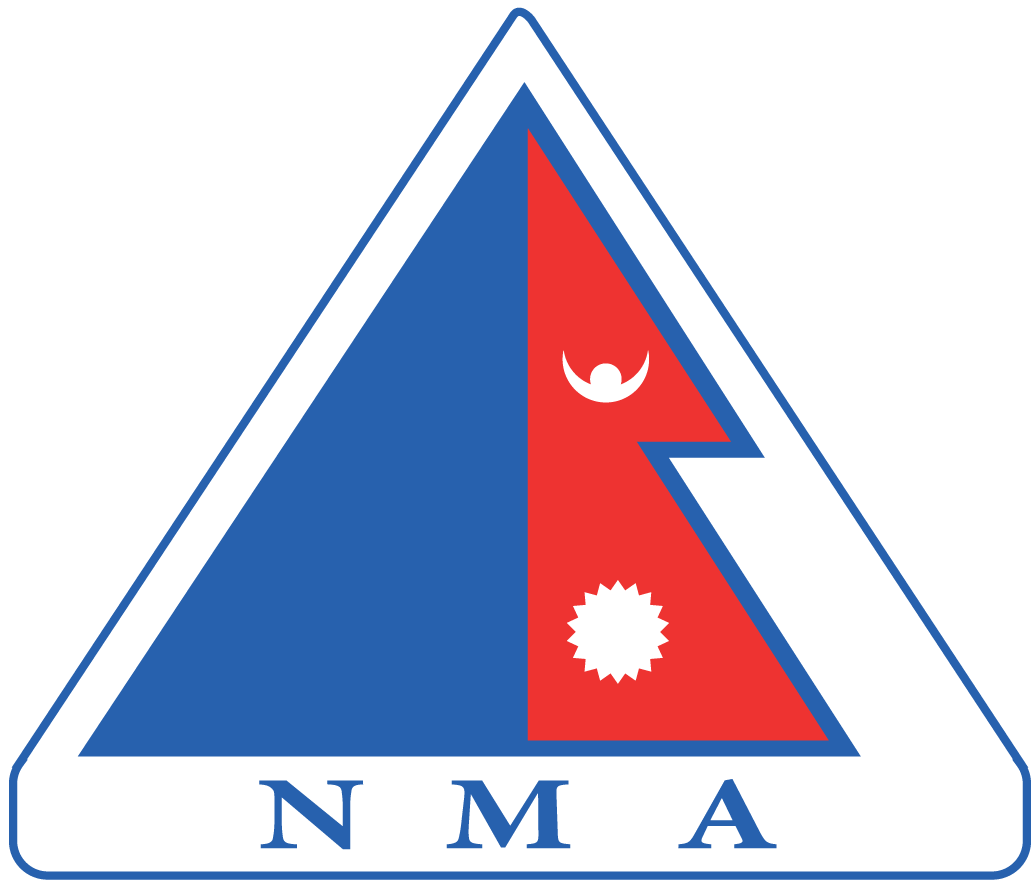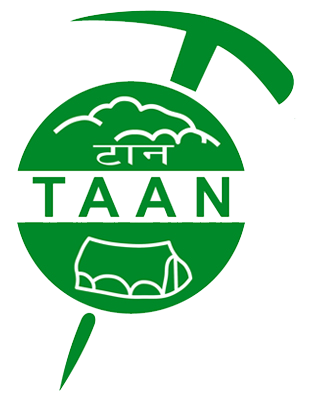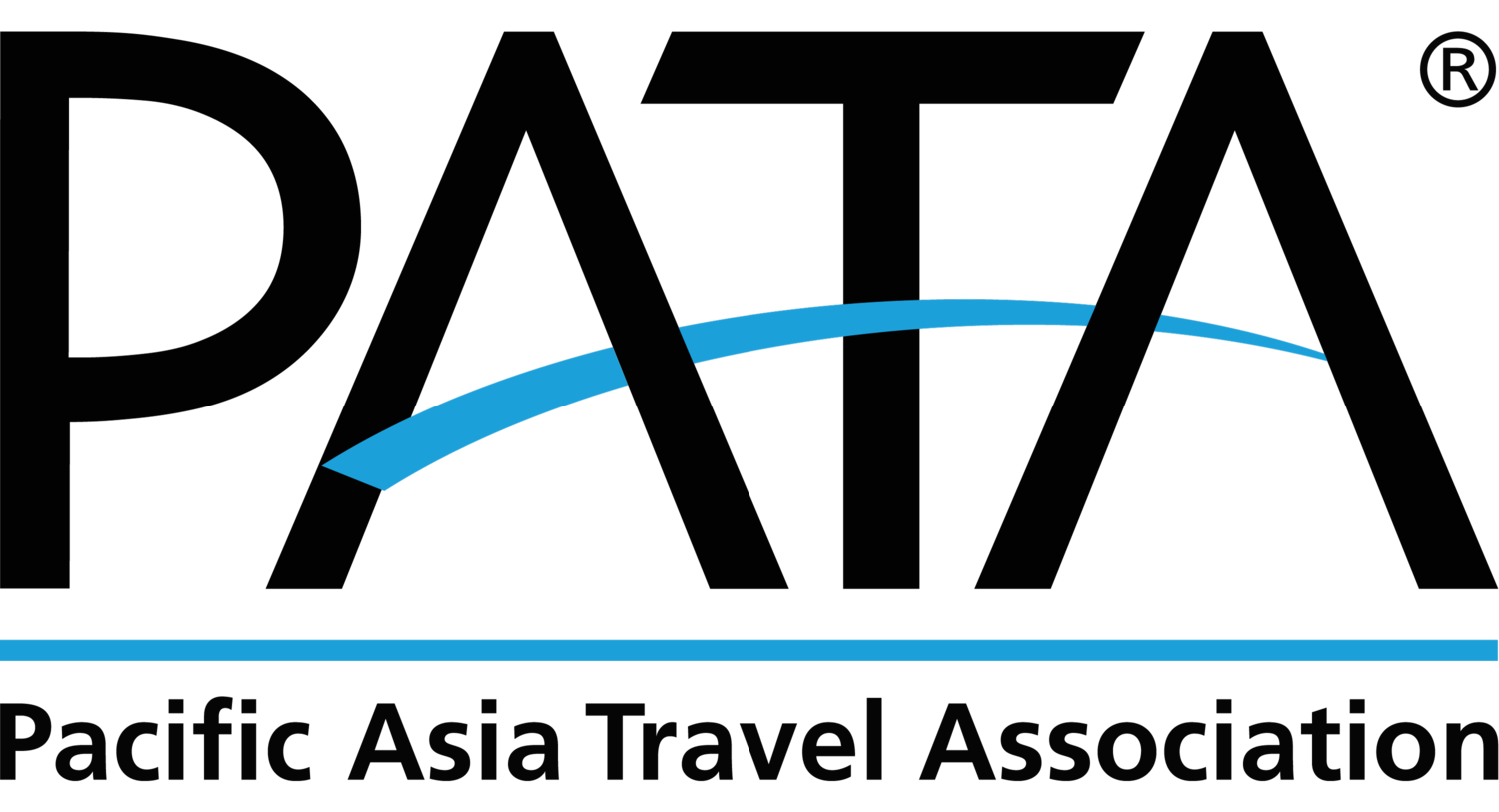Altitude Sickness
Altitude sickness, also known as mountain sickness, is a condition that can occur when individuals ascend to high altitudes, typically above 2,500 meters (8,200 feet). The body has a hard time acclimating to lower oxygen levels at higher elevations, which results in symptoms like headaches, nausea, dizziness, and fatigue. There are three main types of altitude sickness:
Acute Mountain Sickness (AMS):
This type of altitude sickness is the most common and mildest. Symptoms often seem like a hangover and may include headaches, fatigue, dizziness, nausea, and difficulty sleeping. AMS can occur to anyone, at any level of physical fitness, and it usually happens in the first six to twelve hours after taking a high-altitude flight.
High-Altitude Pulmonary Edema (HAPE):
HAPE is a more severe form of altitude sickness that affects the lungs. It happens when there is an accumulation of fluid in the lungs, resulting in symptoms like intense dyspnea, continuous coughing, constriction in the chest, and an elevated heart rate. If treatment is delayed, HAPE may become life-threatening and develop quickly.
High-Altitude Cerebral Edema (HACE):
HACE is the most severe and potentially life-threatening form of altitude sickness. It can cause symptoms like disorientation, hallucinations, a lack of coordination, excruciating headaches, and incoordination. It happens when there is an accumulation of fluid in the brain. HACE is a medical emergency, and treatment depends on a quick descent to a lower altitude.
Altitude sickness prevention measures while trekking in Nepal
It’s important to understand the risks of altitude sickness and take the appropriate safety measures if you plan on trekking in Nepal in order to prevent its severe effects. Here are several preventive measures to reduce the risk of altitude sickness:
Gradual acclimatization:
Gradual acclimatization involves ascending slowly, allowing your body to adapt to the decreasing oxygen levels at higher altitudes. Plan your trek with acclimatization days where you rest and give your body time to adjust, and steer clear of steep ascents.
Proper hydration:
Staying hydrated is crucial at high altitudes. If you’re dehydrated, the symptoms of altitude sickness may worsen. Stay hydrated throughout the day by drinking lots of water and avoiding caffeine and alcohol, which can cause dehydration.
Balanced diet:
Maintain a balanced diet rich in carbohydrates. Carbohydrates help with acclimatization and supply the energy needed for trekking. Make sure your meals contain a variety of fruits, vegetables, and proteins to guarantee a well-rounded nutritional intake.
Adequate rest and sleep:
Proper rest and sleep are essential for acclimatization. In order to help your body adjust to the lower oxygen levels, make sure you get a good night’s sleep, especially at higher altitudes.
Medication:
Some medications, such as acetazolamide (Diamox), can help prevent and alleviate symptoms of altitude sickness. Before taking any medication, get medical advice and be mindful of any possible side effects.
Avoid overexertion:
Maintain yourself during the trek and avoid overexertion. Observe your body and take breaks when required. Pushing yourself too hard can raise the risk of altitude sickness.
Know the symptoms:
Familiarize yourself with the symptoms of altitude sickness, which may cause headaches, nausea, dizziness, and shortness of breath. If you experience any symptoms, it’s necessary to communicate with your trekking group and seek medical attention if needed.
Diamox (Acetazolamide):
Diamox is a medication that can help prevent altitude sickness. It works by increasing the amount of alkali (bicarbonate) released in the urine, which makes the blood more acidic. This stimulates breathing and improves oxygenation. Talk to a medical professional about using Diamox and be informed of any possible side effects.
Emergency evacuation plan:
Have an emergency evacuation plan in place. In cases of severe altitude sickness symptoms, be prepared to descend to lower altitudes promptly. In an emergency, communication tools like an emergency beacon or satellite phone can be essential for getting medical help.
Local guides and awareness:
Trek with experienced local guides who are familiar with the terrain and can recognize the signs of altitude sickness. Inform the members of your trekking group about the importance of acclimatization and the possible dangers of high altitudes.

